
Without a clear perception of his reasons for living, man will never consent to live, and will rather destroy himself than tarry on earth, though he be surrounded with bread ~ The Grand Inquisitor
Facing imminent death, Fyodor Dostoevsky stood before a firing squad, shrouded in a death pall and gazing into an open grave, waiting to embrace his lifeless body.
I can only imagine the train of thoughts that went through his mind as he contemplated his impending doom and reminisced about the fond memories of his existence.

But fate intervened. A last-minute reprieve arrived, commuting his sentence, and he would be released from prison a decade later. This brush with death significantly reshaped his perspective on the meaning of life and death.
He went on to create masterpieces like “The Brothers Karamazov”, a profound exploration of life’s purpose in the face of suffering and justice through the intertwined lives of three brothers.

Dostoevsky is one of the most influential philosophers of our time. His literature explores the intricate complexities of the human soul, grappling with the meaning of life and the inevitability of death.
This unplanned event, ever-present on the horizon, forces us to confront the essence of our lives, questioning whether we are living true to ourselves and fulfilling our potential.
The inherent human desire to cultivate a meaningful existence in the face of death, the ever-present reaper that stalks us all, fuels existential crises. It is this very confrontation with mortality that compels us to strive for a life of purpose and authenticity.
A Global Problem
Philosophy aside, in what final form do you think your stalker will ultimately manifest?
Through old age?
Some disease?
A zombie apocalypse perhaps?
Maybe, Thanos snapping you out of existence?
Or some inconspicuous fishbone?

Statistically speaking, our stalker is 30% more likely to take on the final form of heart disease than any other manifestation.
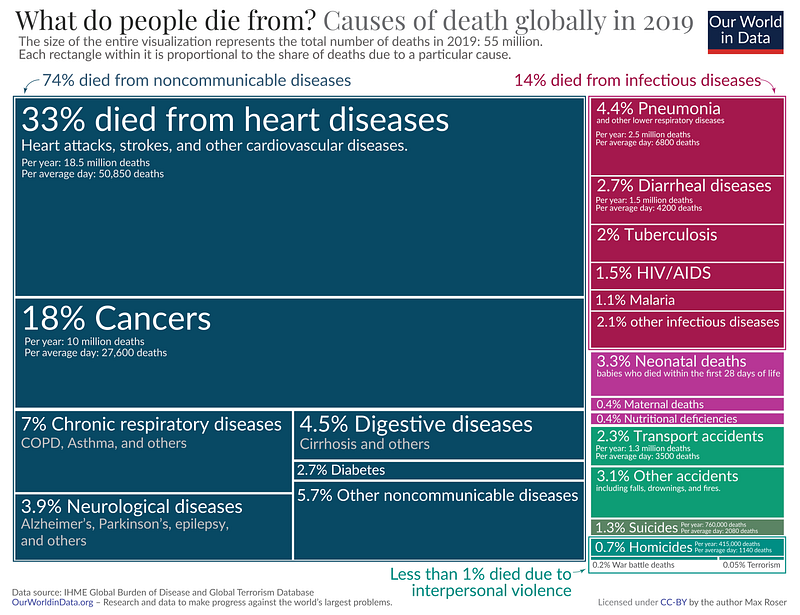
According to WHO, cardiovascular diseases (CVDs) are the leading cause of death globally, taking roughly 18 million lives each year. Heart attacks and strokes account for more than 80% of these deaths.
CVDs are a massive problem, impacting millions of lives across the globe. Dedicated institutions have risen to the occasion, channeling billions of dollars toward research and treatment to combat this complex issue.
Some of the general measures recommended by health institutions to safeguard oneself against heart diseases include:
- Eating a healthy diet low in saturated fat, trans fat, sodium, and added sugars.
- Exercising regularly to manage weight, cholesterol, and blood pressure.
- Avoiding smoking. Smoking significantly increases the risk of CVD.
- Limiting alcohol intake to moderate levels — no more than 1 drink per day for women, 2 for men.
- Managing stress levels with exercise, meditation, yoga, or other relaxation techniques.
“Common Knowledge”
Eating too much saturated fats in your diet can raise “bad” LDL cholesterol in your blood, which can increase the risk of heart disease and stroke ~ National Health Service, UK
Decades of sound science has proven it can raise your bad cholesterol and put you at higher risk for heart disease ~ American Heart Association
Saturated fat is a type of dietary fat. It is one of the unhealthy fats, along with trans fat ~ MedlinePlus, USA government site
When researching saturated fats, you’re likely to come across these statements or similar variations.
They are often portrayed negatively, with a recurring theme suggesting that their intake should be greatly restricted in the diet to guard against heart disease.

Offline, this is the widely held belief as well, with people citing the high cholesterol content in saturated fats.
Foods that are rich in saturated fats include:
- Red meat (beef, lamb, pork)
- Processed meats (sausage, bacon, salami)
- Dairy products (butter, cheese, whole milk, cream)
- Tropical oils (coconut oil, palm oil)
- Processed foods (cakes, cookies, pastries)
- Fried foods (French fries, fried chicken)
- Some plant-based oils (palm kernel oil, cocoa butter)
When cholesterol is mentioned, many people envision an oily sludge that clogs your blood vessels impeding the transportation of blood and nutrients to body tissues.
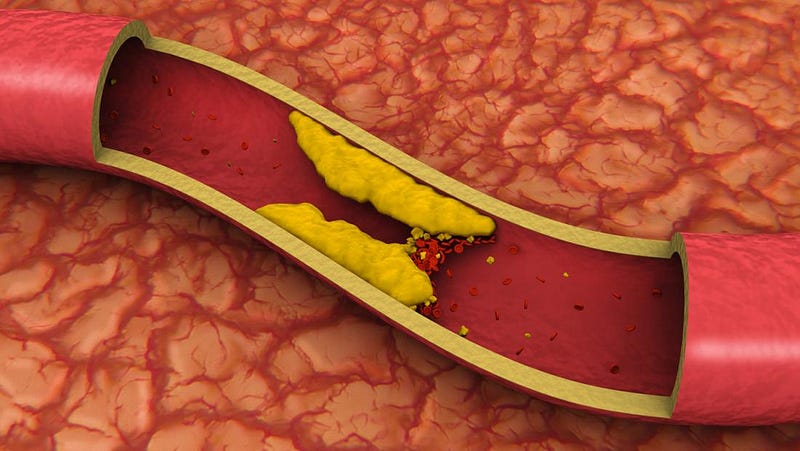
Growing up, whenever my mom sent me to the butchery to buy beef, she always cautioned me to be on the lookout for the cuts I was getting. She emphasized keeping an eye out for any fatty portions, as butchers had a knack for slipping them in unnoticed if you weren’t vigilant.

She wanted to ensure that our meals didn’t have any unnecessary fat, as ‘they could lead to heart disease’ which is the widely echoed advice.
In my prior blog, I explored how modern vegetable and seed oils have ironically been implicated in recent research and studies in causing heart-related problems, the issues they aim to mitigate.
Are the decades of science truly sound on this topic, or have the traditional saturated fats been unfairly scapegoated by health organizations and corporations?
Could it be the case that health institutions and corporations have misjudged saturated fats and that we might need to revise our homework on them?
Diet-Heart Hypothesis
During World War II, while studying portable rations that would provide enough calories to sustain soldiers in the field, Ancel Keys, a physiologist at the University of Minnesota, developed a keen interest in human nutrition.

During the mid-20th century, as the prevalence of heart disease was on the rise, scientists embarked on investigations to uncover the underlying causes.
Among them was Keys, who dedicated himself to unraveling the factors contributing to the escalating heart disease epidemic. He had discovered seemingly puzzling data:
Although American business executives were among the best-fed people, they had high rates of heart disease while less wealthy populations in post-war Europe had lower rates on diets low in saturated fats.

Keys postulated that animal fats and cholesterol caused heart disease. He based this theory on feeding experiments conducted on humans and data suggesting that high cholesterol led to arterial blockages, leading to heart attacks.
Additionally, his observations on different diets such as the Mediterranean diet during his worldwide travels informed his hypothesis.
A Heart Attack Rocks the Nation
When President Dwight Eisenhower suffered the first of several heart attacks in 1955, the nation became deeply interested in heart disease.
The sudden prominence of a condition that had been relatively rare in the early 1900s but had become the leading cause of death in the 1950s prompted widespread curiosity.

Paul Dudley White, the president’s doctor, and influential cardiologist, held a public press conference in light of the issue.
He spoke on the severity of this new ailment and offered advice on measures individuals could adopt to lower risk: quitting smoking, minimizing stress, and reducing consumption of saturated fat and cholesterol — an integral aspect of the diet-heart hypothesis.
He had cultivated a close work relationship with Keys, who had acquainted him with his ideas on the diet-heart hypothesis. With this press conference, it was evident that Keys had successfully won him over.
This put Keys’ ideas into the national spotlight, and his influence would only grow from here.

Eisenhower switched to a new diet low in cholesterol and saturated fats. He replaced butter with polyunsaturated margarine, which came on the market in 1958.
Inspired by his example, many Americans emulated him, ditching saturated fats for margarine.
The American Heart Association
Paul Dudley White was one of the six cardiologists who founded the Association for the Prevention and Relief of Heart Disease, later known as the American Heart Association, in 1924.
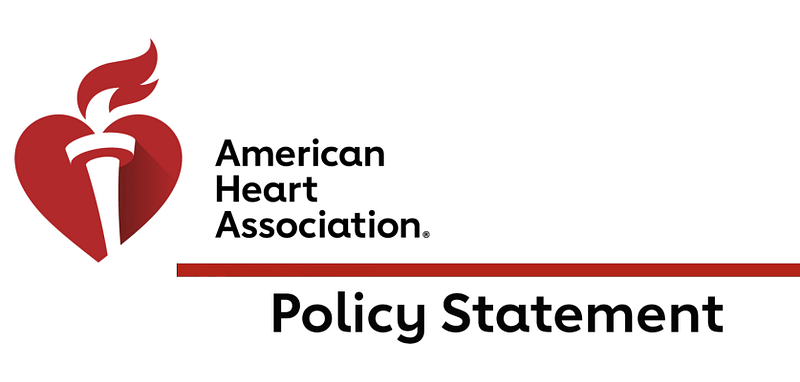
This organization aimed to conduct research, analyze findings, and enhance public awareness regarding cardiovascular disease. Given the limited understanding of CVDs at the time, there was a pressing need for further research, which the AHA aimed to fulfill.
Before the 1960s, the AHA had only issued broad guidelines on improving cardiovascular health. One of these guidelines emphasized monitoring the ratio of saturated fat to unsaturated fat in one’s diet.
The organization had refrained from giving specific recommendations as there was limited scientific evidence at the time to back them. However, in 1961, there was a significant shift in the guidelines.

The recommendation to monitor the ratio between saturated fat and unsaturated fat evolved into a more specific directive to reduce total fat, saturated fat, and cholesterol intake while increasing consumption of polyunsaturated fat.
Notably, Keys had been appointed to the group’s nutrition committee a year before the adoption of this guideline as an official AHA policy.

Upon publication, this directive was first adopted by the US government as an official policy for all Americans. Other world governments followed suit and even the World Health Organization incorporated it into their nutritional guidelines in the years to follow.
The Seven Countries Study (SCS)
The Seven Countries Study was a landmark epidemiological study conducted by Keys starting in 1958.

It examined the association between lifestyle factors, diet, and cardiovascular disease mortality across contrasting populations in seven nations — Italy, Greece, former Yugoslavia, Netherlands, Finland, Japan, and the United States.
Keys embarked on this study intending to substantiate his diet-heart hypothesis.
This study gathered dietary and lifestyle data from almost 13,000 middle-aged men across these geographic areas and tracked mortality outcomes for over 15 years.
The findings revealed dramatic differences in heart disease death rates correlated to contrasting diets. Populations with higher intake of saturated fat showed 2- to 3-fold higher CVD mortality compared to those consuming traditional plant-based Mediterranean diets.

This convincingly demonstrated the central role of diet and lifestyle as modifiable determinants of cardiovascular health. The study provided seminal early evidence linking saturated fat, cholesterol, smoking, obesity, and physical activity levels to CVD incidence.
With this study, Ancel Keys revolutionized the cardiovascular health landscape. Time magazine dubbed him “Mr Cholesterol” highlighting his advocacy for cutting down on saturated fat.
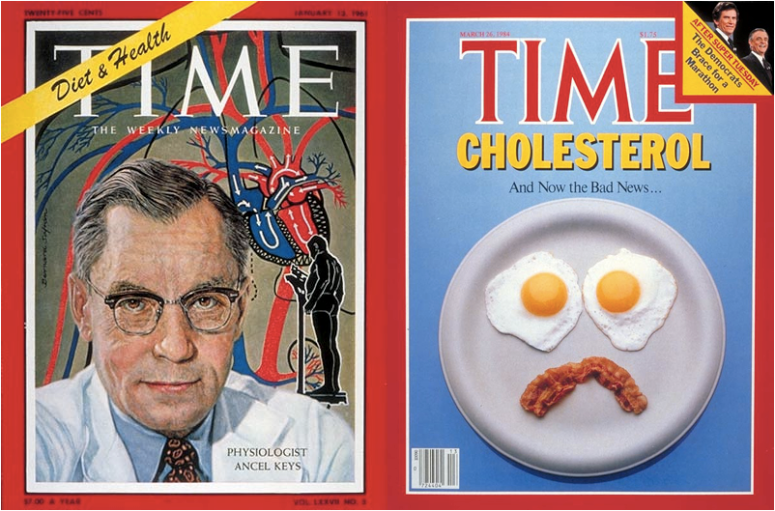
They featured his diet-heart hypothesis in length disseminating his ideas to the American public. This earned him credibility, leading to a surge in public interest and adherence to his recommendations.
However, amidst this widespread acceptance, skepticism emerged among some groups of people, questioning his evidence and nutritional background.
Criticisms of the SCS
Despite the findings of the SCS, its endorsement by health organizations, and Keys’ esteemed reputation, some individuals within the scientific community had him on fraud watch.

While he had studied physiology, he had a relatively limited background in nutrition. These were however superficial allegations that didn’t address the findings of the study and were easily shrugged off.
A closer look at the Seven Countries Study, however, raised a couple of questions.
Bias Much?
One of the criticisms of the SCS is that Keys went with a non-random selection of countries which has been confirmed by his research team:
While it is true that selection of cohorts was non-random, selection was based on practicality and dietary variation
This approach allows for the introduction of bias, which partially validates the claim that he selected the countries that were more likely to confirm his hypothesis.

Countries such as Germany, Switzerland, and France, where saturated fat consumption was high but heart disease rates remained low, would have been valuable inclusions in the study to comprehensively test the hypothesis. However, they were notably absent from the study.
Skewed Sampling
Although the study aimed to track the diets of nearly 13,000 individuals, the dietary data used to test their hypothesis was derived from a sample of only 500 men.
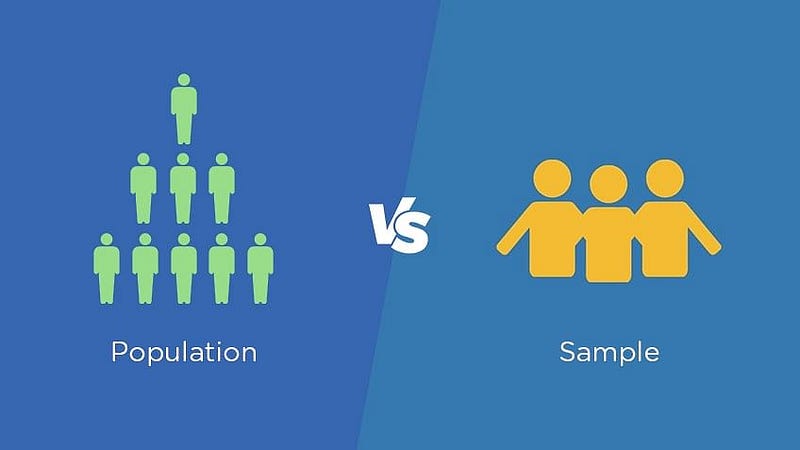
Additionally, non-standardized methods of evaluation were evaluated across different groups. On Crete for instance, one of the dietary samples was taken during the period of Lent which was strictly observed by the Greek Orthodox church.

During this period, consumption of any sort of animal food was prohibited. Since animal foods are principal sources of saturated fat there was likely undercounting in Cretan data.
A remarkable and troublesome omission
This excerpt reflects the observation made by two researchers from the University of Crete in their 2005 article in Public Health Nutrition. They pointed out the failure to account for the Lent data.
Despite this oversight, the diet-heart hypothesis had become an established public policy by then.
Limitations of Epidemiological Studies
The primary problem with the SCS lay in its intent — it was an epidemiological study which meant it could, at best, establish associations but could not demonstrate a causal connection between two events.

Surprisingly, the data presented by the SCS on further analysis in 1989 found that coronary mortality best correlated with sweets (sugary food) and not saturated fat.
Governments and health organizations globally recognized the need for more robust clinical data capable of establishing a causal link between saturated fat and heart disease.
These trials would provide hard evidence required by these entities to formulate guidelines aimed at reducing the risk of heart disease.
Into the Archives
Numerous random clinical trials were conducted during this period, the notable ones being the Minnesota Coronary Survey and the Framingham Heart Study.

The Minnesota Coronary Experiment
Conducted from 1968 to 1973, the Minnesota Coronary Survey was a randomized controlled trial examining whether replacing saturated fat with vegetable oil lowered cardiovascular disease and all-cause mortality.
It was the largest test of the diet-heart hypothesis funded by the National Institutes of Health, which had adopted most of Keys’ ideas.
Led by Dr. Ivan Frantz at the University of Minnesota, the trial modified the diets of over 9,000 residents in state mental hospitals and nursing homes without their knowledge or consent. Ancel Keys was also an investigator in this study.
Participants were placed into either a control group, which continued eating a high saturated fat diet, or an intervention group, which had saturated fat replaced with a corn oil-based polyunsaturated fat diet.
While the results found that the vegetable oil diet lowered serum cholesterol, it didn’t lead to improved health outcomes.
Actually, the intervention group on the diet trended toward higher CVD mortality.
The Framingham Heart Study
The Framingham Heart Study was initiated in 1948 in Framingham, Massachusetts led by the National Heart Institute (now known as the National Heart, Lung, and Blood Institute).
Food consumption data was collected from 1049 subjects, and when their results were calculated in 1960, there was no causal evidence detected between saturated fat and heart disease.
These two studies have two things in common: first, they presented data that contradicted the prevailing understanding at the time regarding saturated fat and heart disease; and second, they would go unpublished for a long time.

The findings of the Minnesota coronary study would be unveiled to the public in 2016, 40 years after it was conducted and long after the death of its lead scientist.
On the other hand, it wasn’t until 1992 that one of the directors of the Framingham Study publicly acknowledged the study’s findings on fat:
Alas, such findings, within a cohort studied over time have been disappointing, indeed the findings have been contradictory.
For example, in Framingham, Mass, the more saturated fat one ate, the more cholesterol one ate, the more calories one ate, the lower the person’s serum cholesterol.
These two cases raise controversy over the lack of timely transparency with the results.

Other trials were conducted in the 1960s and 1970s involving mostly saturated fats being replaced with vegetable oils. However, these trials did not provide substantial evidence to establish saturated fats as the primary cause of heart disease.
There wasn’t clear data showing that a reduction in dietary saturated fat translated to health gains. However, the low-fat movement had gained significant traction and widespread acceptance, probably leading researchers and scientists to develop a bias in favor of it.
Move Along, Nothing to See Here
The American Heart Association (AHA) has grown over the decades into a prominent non-profit organization dedicated to fighting cardiovascular disease.
It has invested more than $5 billion in research, making it the largest not-for-profit funding source for cardiovascular and cerebrovascular disease research next to the federal government.
In 1948, the AHA was struggling financially and needed donations to maintain its operations. That same year, P&G, producers of the new trans-fat-laden Crisco vegetable shortening, made a sizeable donation worth over $23 million in today’s dollars.

Remember Crisco?
This is probably a tin-foil hat moment, but P&G being an influential donor to the AHA at a time when it was in a crisis and at a time when dietary fats were being questioned raises reasonable speculation.
Alternatively, P&G may have had genuine intentions in supporting a public health organization in need.
I’ll leave that judgment up to you.

These funds provided the AHA with ample resources to establish itself as a respected authority on cardiovascular health, advocating for the health benefits of vegetable oils and advising reduced consumption of saturated fats.
This conveniently aligned with P&G’s commercial interests with their new cooking oil product, Crisco.
The DGA
Reduce saturated fat consumption to about 10% of total energy intake
This was one of the vital recommendations in the Dietary Goals for the United States in 1977, making the US government the first in the world to recommend saturated-fat restriction.
These objectives culminated in the creation of the Dietary Guidelines for Americans (DGA), aimed at providing dietary recommendations to the public. One of the guidelines included restricting saturated fat consumption to 10%.

While the Dietary Guidelines for Americans (DGA) were intended to reflect the latest scientific and medical knowledge, reviews revealed that the guidelines simply echoed the widely held belief about the risks associated with saturated fat, without conducting thorough systematic reviews.
This became apparent in 2015 when email exchanges among members of the Dietary Guidelines Advisory Committees revealed their decision to conduct a new review on saturated fats.
This was in response to a publication in the Wall Street Journal by professors from Cambridge and Harvard, suggesting a lack of evidence linking saturated fat to heart disease.
The correspondence exposed unease among committee members and in some instances suggested that the 10% limit they had been recommending on saturated fat intake lacked adequate supporting data.
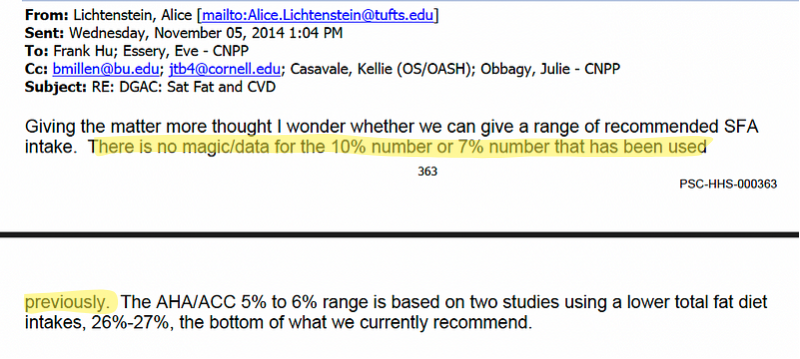
In this emergency review, the DGAC would go on to conclude that there was a strong relationship between saturated fat and heart disease. In this conclusion, however, there were some oversights:
- In another instance, data from the Finnish Mental Hospital Study was included, yet this study hadn’t submitted reliable data.
- They included a paper that exclusively looked at linoleic acid but not saturated fat.
Conflicts of Interest

The 2020 DGAC subcommittee in charge of saturated fat review was notable for a couple of reasons:
- One member was found to have chaired five vegetarian conferences from 1997 to 2018, reflecting a bias since saturated fat is mainly sourced from animals. The same person had been receiving funds from soy and tree nut industry groups, which make polyunsaturated fats.
- Another member had spent the last five decades of her career attempting to show that saturated fats are bad for health.
- A third member was part of a vegetarian activist group that criticized emerging science on saturated fats.
Overall, a close analysis revealed that approximately 95% of the committee members had conflicts of interest with the food and pharmaceutical industries, and several members had ties to major food corporations.
The Butterfly Effect
As a result of adopting the diet-heart hypothesis and the belief that saturated fats are detrimental, several other major nutritional policies have been implemented:
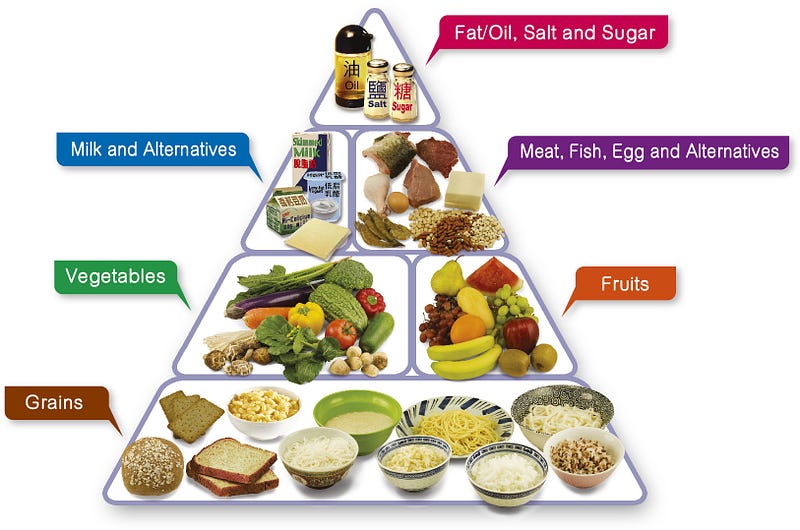
- The introduction of low-fat diets, highlighted by the food pyramid placing carbohydrates at the base. Studies have linked excessive intake of refined carbohydrates to the rising global obesity and diabetes rates.
- The campaign against fatty meat sources and eggs is driven by concerns over cholesterol and its link to heart disease. Lean meat and egg whites are often recommended over whole eggs due to this association.
- A surge in vegetable oil consumption, despite recent studies implicating them not only in heart disease but also in obesity, inflammatory disorders, and even reproductive issues.
- The emphasis on cholesterol as the central figure in this debate, with current guidelines advising limitations on cholesterol-rich foods like egg yolks. However, there’s limited effort to differentiate between “good” and “bad” cholesterol.
I genuinely believe that figures like Ancel Keys and the associated organizations had no ill intent in their studies and influence on the cardiovascular landscape.
However, there were instances of oversight and bias that may have led to conclusions and policies not accurately reflecting the science behind saturated fats, which humans have consumed for millennia.

This remains a widely contested topic, with differing opinions on each side. Although the mortality rate from heart disease is not as high as in the 60s, it remains a significant concern, compounded by modern metabolic ailments such as obesity, and diabetes which are only getting worse.
Cholesterol is the main character in this saga and warrants its own story based on recent scientific studies and research.